|
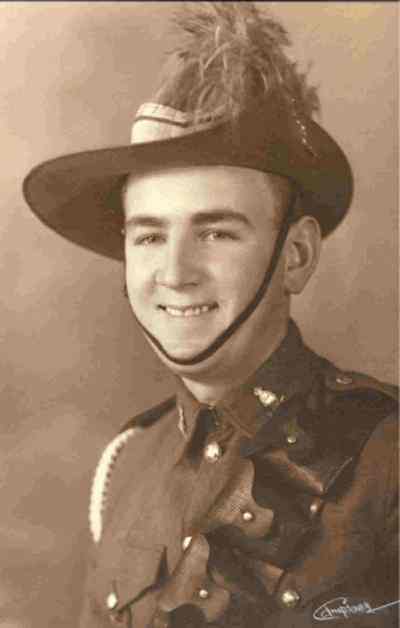
Light Horse trooper
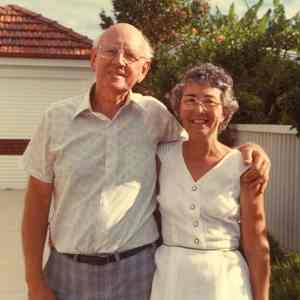
Margate, 1990
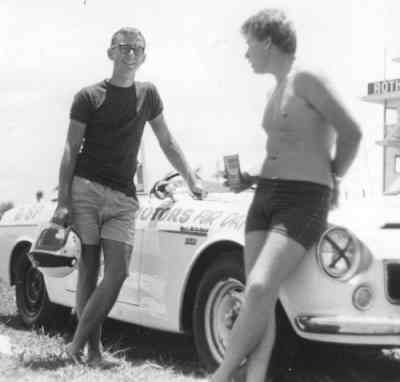
Nationals, 1967
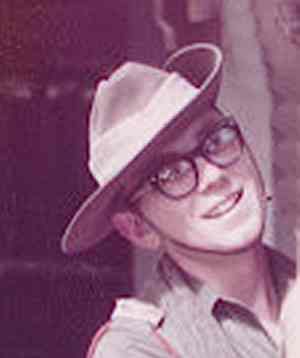
National service
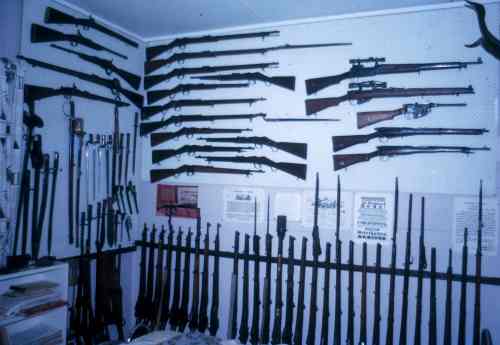
The expanding collection
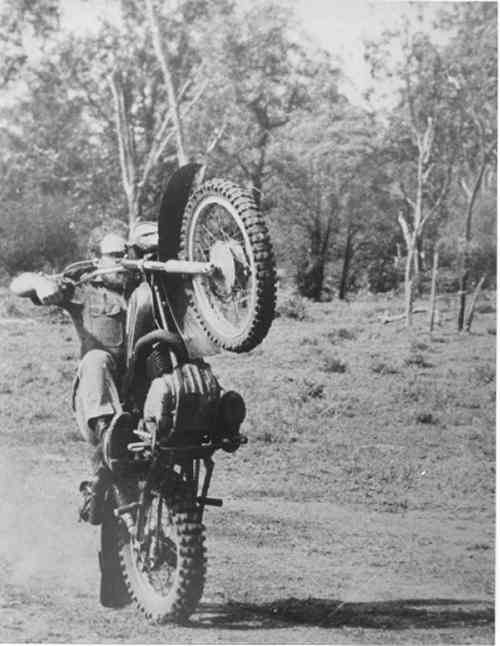
Yamaha RT3
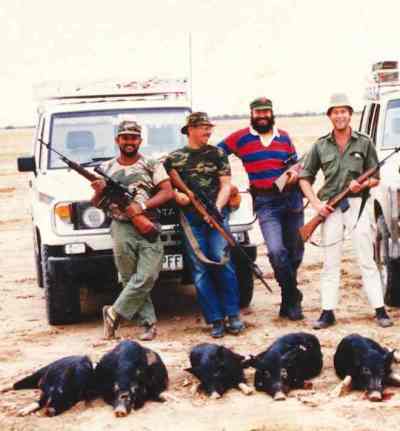
Pig hunting with friends
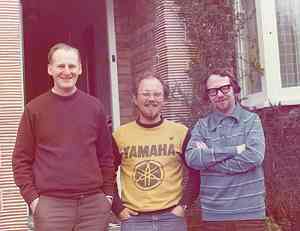
With Watts & White, 1976
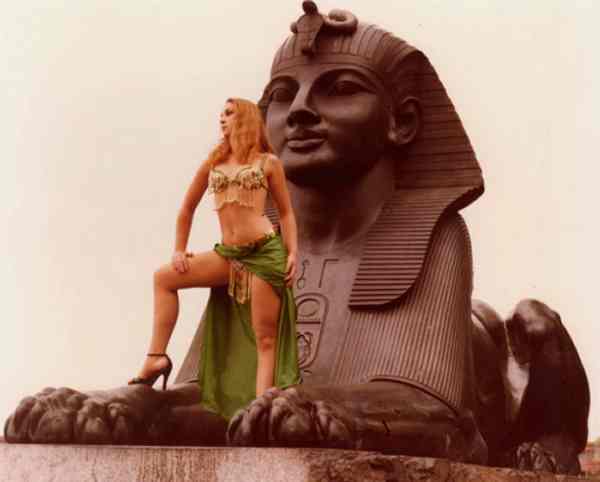
Jan... in London
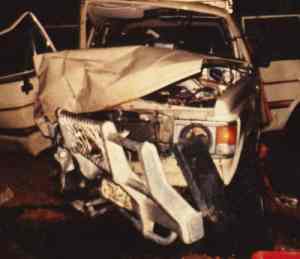
D-day 1987
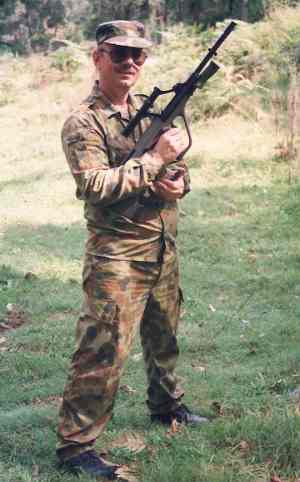
Movie Ordnance
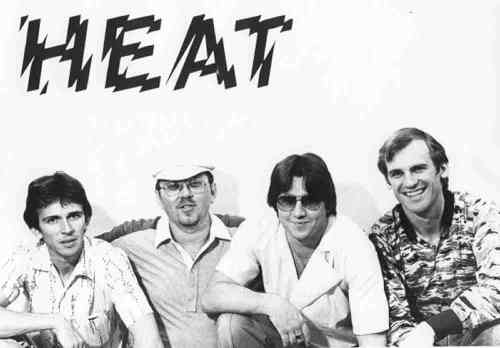
Rock 'n' roll group
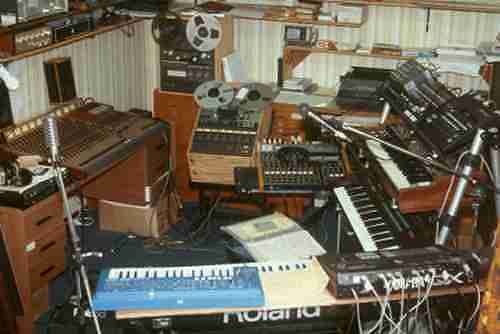
Home studio
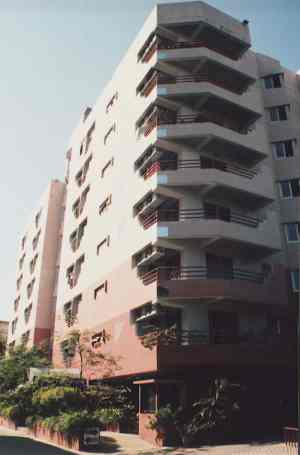
Bangkok office
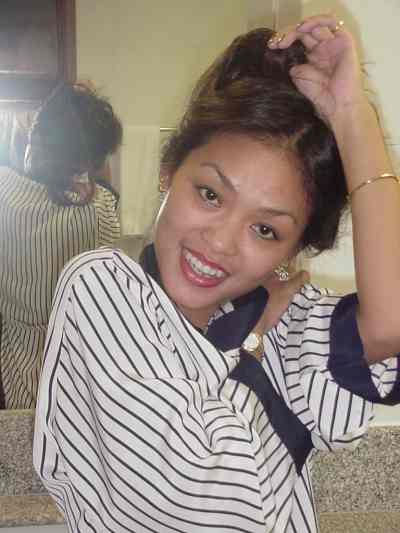
San... at play
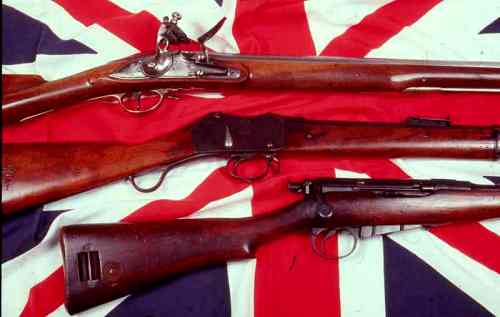
British military longarms
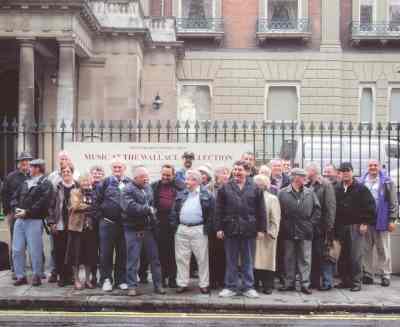
Wallace Collection
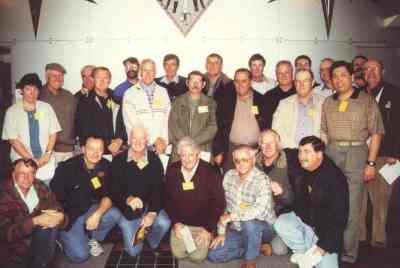
Pattern Room
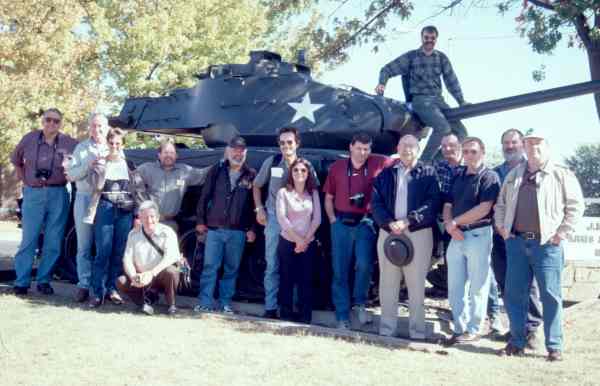
Claremore, OK
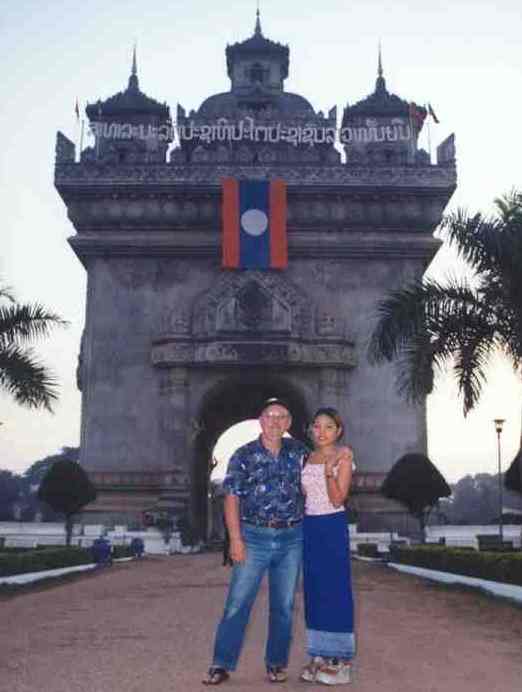
Vientiane, Laos
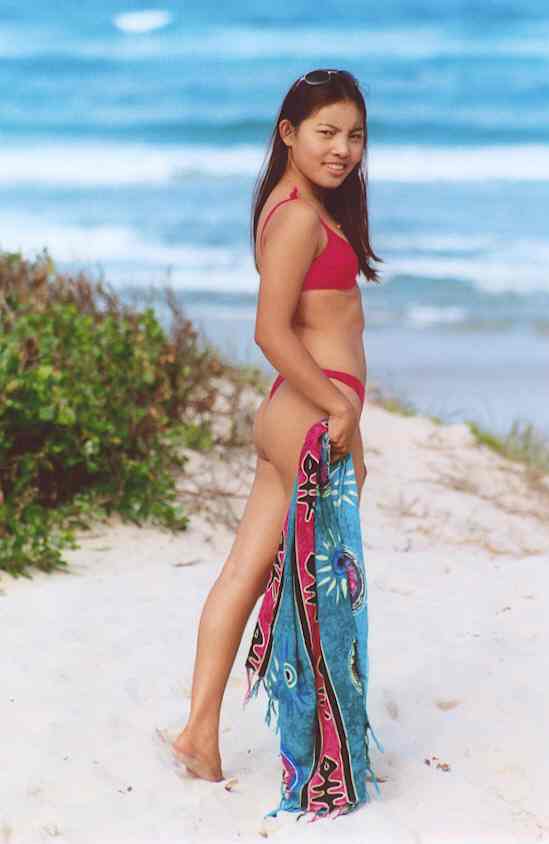
At home in Oz
|
There is little doubt that the greatest
influence on my life, as for most of us, has been that of our parents. I am
fortunate for my upbringing and education. My dear father departed this world on
2nd Oct. 1996, aged seventy-seven, after many years of ill-health, mostly due to
war service and incarceration by the Japanese.
Mum noticed dad's
slightly longer handshake as we bade farewell on the front porch for the flight
overseas again. He realized that his time was near and knew that this might be
our last adieu. I do recall his remark to 'get going and collect that medal'. A
year earlier, I was awarded the Arms & Armour Society medal for arms research
and books, but had not been to London for the presentation. On the front
doorstep of our home, I was in such a rush that day, the last on which I was to
see my father, unaware of his lingering 'god-speed'.
My father had a hard
childhood, product of a share-cropping emigrant family from London arriving in
Australia during the Great War [see 'Collector' magazine #11, 'Ode to the
Universal Soldier']. After working on outback sheep and cattle stations, dad
served as a trooper in the Wide Bay & Burnett District Light Horse. He signed on
with the Royal Australian Field Engineers after the outbreak of war in Europe, a
young adventurer keen to visit Europe and see action. However Sapper (his new
engineer rank) Skennerton XQ10918 was posted to Timor with 'Sparrow Force', with
the 2/11th Field Engineers to defend the island, then destroy aerodromes and
munitions to stall Japan's invasion of the Dutch East Indies. Jap marine
paratroops cut supply lines and attacked the rear but were decimated by the
2/40th and 2/1st gunners and engineers. But co-ordinated beach landings of about
20,000 Japs hopelessly outnumbered the 1,000 odd defenders who fought for 3
days. With relatively light losses of about 50 of their own, around 1,000 of the
invaders were killed before Sparrow Force capitulated on 23rd February 1942.
Some men made it into the mountains and operated with the 2nd Australian
Independent Company (Commando) to harass the Japanese invaders for nearly a
year, with Japanese losses totalling 2,500+ front-line forces.
Dad never used the
word 'surrender'. Interned in Timor, then Java and Changi, they were sent by
cattle cart to labour on the 'Death Railway', the Burma-Thailand line in January
1943. After return to Singapore, dad was shipped to Japan in September 1944. The
'Baioke Maru' survived typhoons and American torpedoes to arrive in Japan in
late 1944, destination Nagasaki. After forced labour in smelters, mines and
steel mills, my father walked out of the Fukuoka prison camp after the second
atomic bomb was dropped and the emperor surrendered on 14th August 1945. He
walked out of the POW camp with a few other diggers after they were placed under
the command of a US naval officer who they reckoned was worse than the Japs!
One thing I learned
from my father, 'never give up, never quit'. He considered that in the midst of
any hardship or misfortune, the situation could only improve. We never saw an
argument between our parents. Dad's gentle nature, practicality and manual
skills were product of a hard childhood, work-oriented youth and PoW experience.
After seeing so many mates die in Timor and the prison camps, dad attributed his
survival to a rough upbringing and implacable faith. My parents were practicing
Christians; we attended the Margate Baptist Church, another influence in my
early years.
Lesson no. 1— Fortune favours the brave... he who
hesitates is lost.
The first old guns I
bought were a Remington rf rolling block, Stevens Favourite and Winchester Model
03 in 1969 after leaving the parental home; I was not allowed a gun there. At
$12 each, they hung on my rifle rack alongside a 6mm Rem. sporter, .300 Win.
magnum and .22RF Brno self-loader, only for a few months before being sold or
traded. They did not have the appeal of the following .310 Cadet Martini and
SMLE rifles. In 1960's weekend Brisbane Courier Mail classified adverts, .310
Cadets were $12-$15. Friends Laurie Addison and David Craske were keen
collectors, working at Shaw's Sports Store in Albert St., Brisbane and Kingston
Bros. in South Brisbane. Such mates were an early part of my firearms 'learning
curve'.
David and Laurie
were my first source of knowledge on the rather complex range of Lee-Enfields
with all the service mark, star and number variations. There was no ready
reference in those days, only a rather stuffy Reynolds 'The Lee-Enfield
Rifle'. So I kept a reference clip folder with notes on differences, with
comments made by friends and touted collector 'gurus' in Brisbane, Barry Temple
(Martinis) and Charlie Woodhouse (Lee-Enfields). Later mates such as Brian
Labudda, Peter Richardson and John Wray provided a broader understanding of the
many subtleties and intricacies of Enfield rifles and bayonets. And Bren guns,
Vickers guns, L1A1s, Owen guns, et cetera. ...
Lesson no. 2— The more you learn, the more you realize you don't know.
Prize acquisitions then included a
pristine MLE Cavalry Carbine, Qld Police Mk I* SMLE, MLM Mk I with safety catch
& Lewes sights, NSW issue Martini-Henry Mk III with quick-loader
attachment, .402 Enfield-Martini, Martini-Metford rifles, Enfield Elcho and
Lysaght Owen bayonets.
We would travel
thousands of miles interstate on the whiff of a chance to trade for some
desirable addition to the collection. Down south, Winchesters were a premium; we'd have a few '92 and '94 lever actions or occasional '76, '95 or parts as
traders. Such forays netted us Australian jungle carbine trials rifles (XP 13,
XP 134 and XP 278) along with No.1 Mk III HT snipers. Barry Temple disposed of
much of his collection at this time so we profited from his years of knowledge
and expertise, acquiring 'Long Lees', early SMLE models, P'14 sniper and Francotte and Braendlin Cadet martinis from his collection.
In those days, The
Armoury in Adelaide, Mick Smith's Sports Store and Tony Hodges' Armoury in
central Sydney along with Maurie Albert's Collshoot sales in Melbourne, were
sources for military collectibles. We regularly visited for advise of new
shipments and local collections coming up for sale. These were pre-gun show days
in Australia when most sales were made over the phone or on personal
visits. They were also the days when British or Colonial military items ranked
well below Winchesters and Colts in price and demand. I remember the scorn for
paying over $200 for a Lithgow jungle carbine (prototype No.6) when No.5 jungle
carbines fetched $35 for a really nice one!
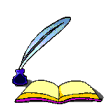
During scholarship at the Q'ld Conservatorium of Music, my birth date was
chosen in the National Service ballot to be conscripted in 1968, drafted into
the Australian Army. I missed shooting, hunting, collecting, sports cars and
drag racing, but figured that I could get into the army band near home, having
graduate degrees in music and experience as a teacher, piano, clarinet and
saxophone player and symphony orchestra member. At home, I thought I could teach
music after work to supplement a minimal army wage, collect more guns and go
shooting on weekends. And probably avoid going to Vietnam too.
Lesson no. 3— Don't believe everything the Army
tells you...
After winning state
and national drag race titles, my army $38-a-week pay packet prohibited sports
cars. Enter Yamaha big-bore enduro and MX bikes; they reigned supreme for nearly
twenty years. YZ490's my preference, I was a petrol-head. Dirt bikes were much
less expensive than sports cars, with off-road freedom to boot. Better still
with a 7.62mm rifle over the shoulder and a few mates hunting wild pigs. 4WDs
were high on the agenda, Suzuki for hunting and turbo Toyota Land Cruiser for
longer trips.
I was
hard on vehicles and hard on my guns. Few survived more than a year or two.
Friends categorized the following as 'Skinny-proof'... Remington 870 pump, TRW
M14, Yamaha YZ 490, Suzuki Sierra and Toyota HJ 80. This was a short list after
dozens of hunting firearms, bikes and vehicles. Nicknamed 'Skinny', it was an
abbreviation of my surname rather than an allusion to my physique.
Saigon and Nui Dat
were my introduction to the Orient with the Australian Army in 1970. Our group
did whistle-stop tours to Da Nang, Da Lat, Cholon, Ben Hoa, Vung Tau and
attended the presentation of the US Meritorious Unit citation to the AATTV
(Australian Army Training Team Vietnam, whose members led Vietnamese and ethnic
minorities forces units, aka U.S. Special Forces). My six years total
in the Army ended in the Army Band Corps and with little regret I was honourably
discharged in 1975.
Next trips to
Asia were with film crews in 1986-7, working from Bangkok into Vietnam and
Cambodia on a war documentary. This involved Alan Dawson (author '55 Days'),
war correspondent who stayed in Saigon after the NVA rolled in, later
fraternized with the Air America crowd at Lucy's Tiger Den, John Everingham
(Australian photographer war correspondent swam the Mekong to escape Pathet Lao
soldiers but returned to rescue his Laotian girlfriend) and Neil Davis
(Australian film journalist reporter, documentary 'Frontline', who
survived years of conflict in Vietnam and Cambodia only to be killed by a Thai
tank crew during a Bangkok coup on Monday 9th September, 1986. (ref.
biography 'One Crowded Hour' by Tim Bowden). In Thai style, nobody
was ever held to account for killing Neil and Bill Latch, his sound operator
that day.
Lesson no. 4— Suddenly I feel mortal...
It was at Alan
Dawson's suggestion in 1986 when working on the film doco in Vietnam and
Cambodia that I looked at printing in Bangkok. After dissatisfaction with
Australian printers, I published Vol.3 of List of Changes and
Australian Military Rifles & Bayonets
there in 1987. I feel comfortable in the Orient after work in Thailand, Vietnam
and Cambodia, with occasional forays into bordering Burma and Laos.
First married late in 1969 before
my induction into the army, this union of nine years ended in divorce after
arriving home early to find the 'best mate' with my wife. Exit mate and wife,
stage left. Time mellows us all and in hindsight, I realize that family life
suffered from my research and trips away from home. It takes two to tango, which
applies to both sides of the playing field.
Lesson no. 5— Too many 'good mates'...
With other Brisbane
collectors, we established the Arms Collectors Guild of Q'ld. The Guild also ran
local gun shows as a public relations exercise and fund promotions for Guild
activities. We established the 'Moreton Regiment' re-enactment group of 1886-era
Colonial Queensland infantry, armed with Martini-Henry rifles. This was an ACGQ
flagship for many years with appearances at high-profile functions.
In 1974, Capt.
Frank Adlam, RAA of Adelaide advised keen researchers, Skennerton and Temple, to
base studies around the List of Changes in British War Material ('his Bible')
and service literature rather than authors' books and popular literature. We
were fortunate to acquire an original collection of List of Changes volumes
(1868-1944 actually) from a retired artillery officer in Adelaide to serve our
studies.
I'll never forget my
introduction to London in 1976. Realizing that most British military and
production source material was likely to be found in the Mother Country, I flew
into London with about £100 in my pocket and a suitcase of books to fund three
months' research. Arriving at Heathrow, this fresh-faced colonial was done by a
London hack driver for a £45 ride into the city. Standing on a Mayfair sidewalk
in the cold evening, I came so close to using my return ticket and going
straight back home. How different my life would be, had I taken the easy way
back from the inhospitable cold and damp of a London winter.
A twenty-five pound
economy hotel respite saw a warmer dawn, then I took the 'tube' to Leytonstone
where a friend in Oz had family to recommend lodgings. This was the dawn of a
much wider knowledge. I express my thanks to the late John Watts and Peter
White, the Hon. John Fremantle (Lord Cottesloe), Mike Baldwin (National Army
Museum) and Herb Woodend (MOD Pattern Room) for their moral support and
assistance with my 1976 research and subsequent visits. Mike and Herb have since
passed away too.
My next spouse, Jan,
went with me to England in 1980 where we lived for one and a half years. During
this time, I researched full-time at the Public Records Office and other
libraries, worked and catalogued arms at the Tower of London, Imperial War
Museum, National Army Museum, Enfield Pattern Room and travelled farther afield
in the pursuit of more research material. I have since visited Britain many
times for ongoing research, photography and book projects as well as the United
States, Canada, New Zealand and Europe. There is certainly no substitute for
first-hand research of source material.
Lesson no. 6— If you want a job done to your
satisfaction, best do it yourself...
Not long after
being discharged from the Army, I worked with pop and rock 'n' roll bands,
mostly in the pub and private party scene. After the regimentation of the Army
Band Corps, I was not real keen to get back into classical music for a living
but two or three evenings playing nightclub and tavern circuits were fine.
Playing keyboards, Roland and Yamaha synthesisers, tenor sax and backing vocals
for about two years, I also recorded some backing tracks, video and film, with a
recording studio in the back room at home.
Pop bands Jam,
Ole Memphis and
Heat advanced in order of viability. The pop music scene was starting to
become professional for us in late 1982 but my newly published
'British Service Lee', 'The U.S. Enfield' and 'British Sniper'
saw longer promotion trips away... so exit the rock band bookings, stage right.

After a fatal road accident and serious injuries in far west Qld
returning from a shooting trip (co-incidentally D-day, 6th June 1987), I quit
music and film work (dirt bikes too) to concentrate on research and publishing.
We established a movie gun hire company, Movie Ordnance Qld., also a vehicle to
work with autos and machine guns. Loss of sight in my right eye, skull fractures
and ankle injuries from the accident saw the end of practical rifle shooting and
hunting. However, I kept my trusty 7.62mm M14 set up to M21 sniper specs (MOA to 300m with 130gn Sierra
'pills' and 48.5gn of Win 740 ball propellant).
With more publishing
in the Orient and a Thai wife into the bargain, a house/office in Bangkok
conjured images of cool drinks and ad hoc colonial grandeur. The
two-storey, four bedroom and office had ample work and storage space and
built-in garage; care-taken by new kin, the Thai mother-in-law.
On return to
Bangkok a few months later, mother-in-law was established in one bedroom with
three nephews and nieces, master bedroom taken over by sister-in-law and another
by a boarding cousin with her car in my driveway. Downstairs, a brother moved
from Nakorn Suwan to set up a silver factory along with his wife, children and
three employees... my garage was their new factory. About 15 people and 3
full families. But there was more... neighbour had a sidewalk restaurant
on our footpath with tables, chairs, umbrellas and greasy cooking pots with
barbecue fireplace on our fence. My new mother-in-law collected 500 baht (US$12)
a week rent. So I had to stay in a hotel then as my house was full of boarders.
A later divorce after she had Australian citizenship, Thai restaurant job and a
new boyfriend with more money.
Lesson no. 7— Marry an Asian and you marry the
family, for better or for worse...
But
worse
still, new gun laws took away my beloved TRW M14 set up to XM21 specs, Remington 870
pump and .22 Brno 681
in a 'Buyback' (paid confiscation) in 1997. Howard's government crushed them,
inviting us to witness the destruction. Many owners wept when family heirlooms and fine
firearms were destroyed. Of course criminals and unregistered owners kept theirs
and thousands of firearms were buried or hidden away. But there is more reported
gun crime now than ever before. Going back a few years earlier when state
governments introduced firearms owner registration, we were told that it was a
lifetime licence, did not renewal or extra payments every few years.
Lesson no. 8— When a politician's mouth moves, he
(or she) is probably lying...
While the new laws
did not preclude a ban on autos and machine guns for movie hire, new regulations
rendered operation more costly and complex; shareholders of Movie Ordnance Qld.
decided to accept the government's 'buy-back' offer and dispose of our
inventory. MOQ's credits include: 'One Man's War', 'Mission Impossible',
'Fortress', 'Time Trax', 'Official Denial', 'Irresistible Force', 'Skippy',
'Paradise Beach', 'Flipper', 'Thornbirds II', 'Story of the CIA', 'The Phantom',
'Fire', 'The Last Bullet', 'Sahara', 'Fiddlers Green', &c. We also serviced Movie World on the Gold Coast.
Publishing in
Bangkok needs multilingual help, a Thai speaker is
a necessity. Foreigners are charged more, many Thais pretend not to understand
English, or Europeans speaking Thai. Bangkok's traffic chaos and schedules with
overtime print render a live-in secretary the best option. Part-time didn't
work, Murphy's law... need them when they're not there and don't need them when
they are. An apartment is a fringe benefit but costs rent when you're away.
Ideal for the girlfriend though; many expats have a regular turnover in
girlfriends and apartments. Enter stage, Pat, Nigh, Tip, Noi & ; exit left or right, et
cetera.
Ma San Myint
was
Shan-Chinese from KengTung in Shan State, Burma. A proud member of the Shan
State Army, her passion a free Shan State, a promise reneged by the
British after WW2 and USA after Nationalist China fell to the
Communists. We married at her sister's house in Mandalay in early 2000, applied for a fiancee visa
at Bangkok's Australian
consulate but after San went missing in mid-2000, her name and age
listed by Amnesty International late in 2000, 'GSW head' (gunshot
wound), Tachilek, on the Burmese-Thai border. To have loved and lost is better
than never loving at all. R-i-p, San.
Lesson no. 9— One crowded hour of glorious life
is worth an age without a name...
Increased American
interest in British militaria resulted in a higher profile for my titles; I
spent more time in the United States after the late 1990s. Travel to gun
shows, dealers and museums across the States has broadened my
outlook and kindled new friendships. The U.S. is a huge ethnic melting pot where
even changing states is like changing countries on the other side of the
Atlantic.

Our 'Collector' magazine organized museums and show tours; three to
England and one to the USA. We visited reserve collections not normally open to
the public. Highlights included visits to the Ministry of Defence Pattern Room
at Nottingham, Imperial War Museum, Tower of London, Royal Armouries at Leeds,
Portsmouth Naval Museums, Smithsonian, NRA National Firearms Museum,
battlefields, historical sites, and the final Great Western Show in Pomona CA in
1999. Our last visit to the Pattern Room occurred just before its closure and
the passing of its long-time curator and champion, Herb Woodend. Many
thousands of exhibits were crated and sent to storage, the superb library
transferred to the Royal Armouries at Leeds and is now available to bona fide
researchers. The Pattern Room collection relocated to Leeds, to a new
special-purpose building near the Royal Armouries.
Lesson no. 10— Crossing your
fingers does work, sometimes...
Tour group photographs (left) can be enlarged... 'click' the mouse
over images and you may recognize some happy souls on our Tours. Many members of
the 1998 UK Tour booked for our U.S. trip the following year.
'Time surely waits
for no man'... family and personal relationships have paid a heavy price for
continuous study, publishing and travel. Having penned over one hundred titles
and worked full-time for nearly forty years on requisite research, photography,
layouts and publishing, as well as about fifteen years of the 'Collector'
and producing books for other authors, a new partner prepared to travel was a
necessity. Life is a lesson, we never stop learning.
In 2008, I was nominated Fellow of the Australian Institute of History and the
Arts, which I proudly accepted although I rarely suffix F.I.A.H.A. or my Dip.
Mus. on letterheads.
Working in Bangkok needs a
Thai-speaker. Research and marketing demands a person interested in working
together with a yen for travel and living out of suitcases and hotel rooms. Su
was from Laos, rural Naxaithong. She worked with me in Thailand and Australia
for many years, now an Australian citizen. Uncharacteristic for most Asians, she
likes Vegemite, meat pies and football.
We work more on film documentaries now.
Few WW2 servicemen remain, now in their nineties; time is short to record
their experiences first hand. Our DVD and Research CD sets, 'Footsteps of
Sparrow Force' and 'Guns & Gear of Sparrow Force' are available,
see our Sparrow Force page link at top left of our home page. We have
'Pattern Room & Herb Woodend Memorial'
available too. New DVD/CD sets are 'Robert W. Faris Catalogue & Memorial', '.303 SMLE with Brian Labudda',
'.303 Rifle Nos.4 & 5' and 'S.L.R. - the FAL with Kevin Adams'. See our DVD page on this site or e-mail
me...
idskennerton@hotmail.com
To dear friends, mentors, readers & fellow collectors... 'thank-you
so much'.
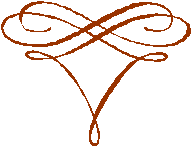
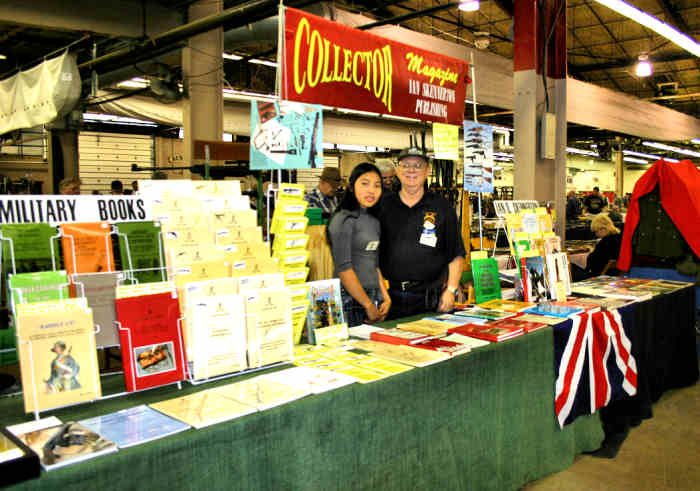
My Favourites—
pieces... MLE
Cav Carbine #8558A, Efd Elcho bayonet, Webley Prichard bayonet #90,
No.6 (Aust.) #XP134 & XP278, Shortened & lightened Lithgow SMLE #XP13
shooter... 7.62mm M14 TRW, Remington 870 12ga., Sportco
Martini, 7.62mm L4A4
museum... Royal Armouries Leeds, Wallace Collection, NRA Museum,
Waiouru Museum
places... Cooper's Creek, Warwick Castle, Gettysburg, Harpers
Ferry, Koh Charng
vehicle... Toyota Land Cruiser HJ80 turbo diesel, Yamaha 490
YZ, Nissan Pathfinder
camera... Canon EOS 80D DSLR, 18-135mm EF lens,
Panasonic AG-UX180 video
food... Seafood, full-cream
ice cream, raw sugar, macadamia nuts, smoked salmon
drinks... Large mug of hot tea with plenty of milk, pineapple
juice, Indian tonic water
music... J.S. Bach, Beethoven, Chopin, the
Beatles, Kate Bush, Jean Michel Jarre, Enya
classics... Mass in B minor (Bach), Hall of the Mountain
King (Greig), Romeo & Juliet
Suite (Prokofiev), E minor Nocturne
(Chopin), Revolutionary Study (Chopin)
pops... House of the Rising Sun (Animals), Maneater (Hall
& Oates), Macarena
(Monge/Ruiz), Boom boom boom (Vengaboys),
Take 5 (Dave Brubeck)
movie... Ben Hur, Cleopatra, Thousand
and One Nights, El Cid, Diehard, Mad Max
actor... Steve McQueen, Charlton
Heston, Bruce Willis, Mel Gibson, Nicholas Cage
actress... Nicole Kidman, Sissy Spacek, Meryl Streep, Angelina
Jolie
artist... Van Dyck, Weenix, Rubens, Hajime Sorayama
book... Desert Column (Idriess),
Roget's Thesaurus, List of Changes British War Material
model... San Myint, Elle McPherson, Natasha
Yi, Sung Hi Lee, Yaya, Nantikan (Farng)
hobby... Travel & studio set photography,
video editing, graphic
art, camping out
Pet hate... Howard gun 'buyback', Hanoi Jane,
corrupt officials, hypocrites
Utopia... Super-computer, optical-fibre cable,
10 days in each week, 40 hours to each day.
|

